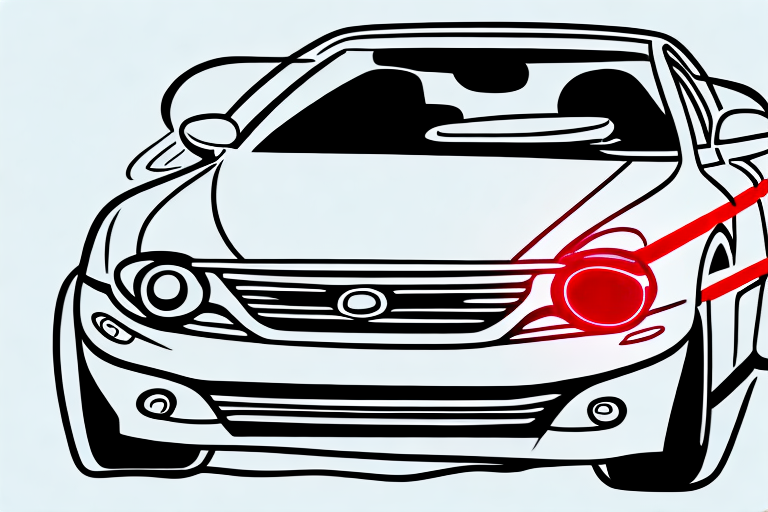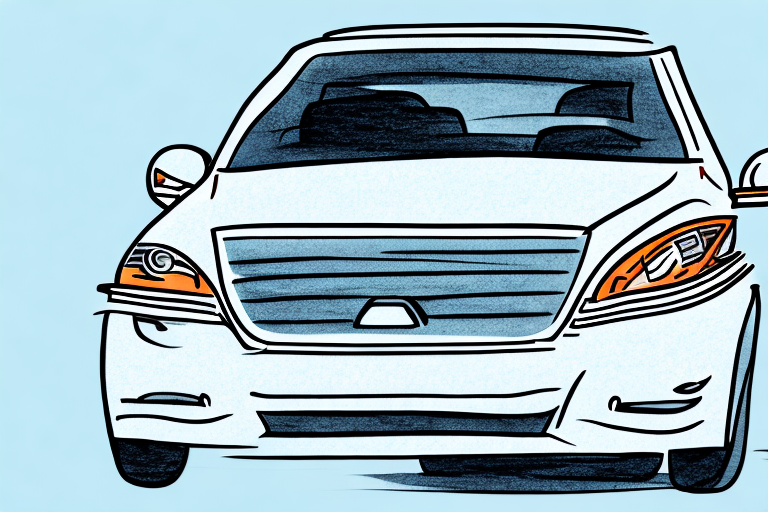How to Remove a Driver from Your Car Insurance Policy
Managing your car insurance policy effectively involves making decisions that best suit your current circumstances. One such decision might be removing a driver from your policy. Whether it's due to a household member moving out, a change in driving habits, or other reasons, understanding the implications and steps involved is crucial. This guide provides an in-depth analysis of why and how to remove a driver from your car insurance policy, ensuring you make informed choices that optimize your coverage and premiums.
Reasons to Remove a Driver from Your Car Insurance Policy
1. Household Changes
If a driver has moved out of your household or no longer uses your vehicle, it may be practical to remove them from your policy. This adjustment can lead to potential savings on your premiums.
2. Poor Driving Record
Drivers with a history of traffic violations or accidents can significantly impact your insurance costs. Removing a high-risk driver can help lower your overall premiums. According to the Insurance Information Institute, drivers with multiple violations can increase insurance costs by up to 20%.
3. Medical Conditions
Drivers diagnosed with medical conditions that impair driving ability, such as epilepsy or severe vision problems, should be removed from the policy to ensure road safety and compliance with insurance regulations.
Impact of Removing a Driver on Your Insurance Premiums and Coverage
Premium Adjustments
Removing a high-risk driver from your policy can decrease your premiums. However, if the removed driver was the primary driver with a clean record, your premiums might increase. It's essential to consult with your insurance provider to understand the specific impact on your premiums.
Coverage Considerations
Adjusting your policy by removing a driver may affect your coverage. Ensure that your policy still meets your needs, especially if the removed driver was a primary user of the vehicle. You might need to adjust liability limits or other coverage options accordingly.
Choosing Which Driver to Remove
Evaluate Usage Patterns
Assess which drivers use your vehicle most frequently. Removing a driver who rarely uses the car can lead to cost savings without significantly impacting your coverage.
Assess Driving Records
Consider the driving history of each driver on your policy. Removing drivers with poor records can positively affect your insurance costs.
Review Household Roles
If a household member no longer requires access to the vehicle, removing them can simplify your policy and reduce unnecessary expenses.
Steps to Remove a Driver from Your Car Insurance Policy
1. Review Your Policy
Start by reviewing your current insurance policy to understand the terms and any potential penalties for removing a driver. Look for clauses related to policy changes and associated costs.
2. Contact Your Insurance Provider
Reach out to your insurance company to discuss the removal process. They can provide specific instructions and inform you about how this change will affect your premiums and coverage.
3. Provide Necessary Information
You'll need to supply details about the driver being removed, such as their full name, date of birth, and relationship to you. Ensure all information is accurate to avoid any discrepancies.
4. Confirm the Change
After initiating the removal, request written confirmation from your insurer. This ensures that the driver has been officially removed and your policy reflects the change.
Notifying the Removed Driver and Next Steps
Communication is Key
Inform the driver being removed from the policy about the change. Clear communication helps prevent misunderstandings and ensures they take necessary steps to secure their own insurance coverage.
Obtaining New Coverage
The removed driver should seek their own insurance policy immediately to maintain continuous coverage. They can explore options through reputable providers like Geico or State Farm.
What Happens If the Removed Driver Continues to Use Your Vehicle?
Insurance Implications
If a removed driver continues to use your vehicle without being on the policy, any incidents they cause may not be covered. This lack of coverage can lead to significant financial liability for both you and the driver.
Legal Consequences
Allowing an uninsured driver to use your vehicle can result in legal ramifications, including fines and increased insurance premiums. It's crucial to ensure that only authorized and covered drivers use your vehicle.
Alternatives to Removing a Driver from Your Policy
Adjusting Coverage Levels
If removing a driver isn't ideal, consider adjusting their coverage levels. Lowering limits or increasing deductibles can reduce premiums while still maintaining necessary coverage.
Adding to Another Vehicle
If you own multiple vehicles, you might place the driver on a different vehicle's policy. This can help distribute coverage and potentially lower costs.
Implementing Usage-Based Insurance
Some insurers offer usage-based policies that charge premiums based on actual driving habits. This option can be cost-effective for drivers who use the vehicle infrequently.
Conclusion
Removing a driver from your car insurance policy is a significant decision that can impact both your premiums and coverage. By carefully evaluating the reasons for removal, understanding the financial implications, and following the correct procedures, you can optimize your insurance policy to better fit your needs. Always consult with your insurance provider to explore all available options and ensure that your policy remains comprehensive and cost-effective.






















